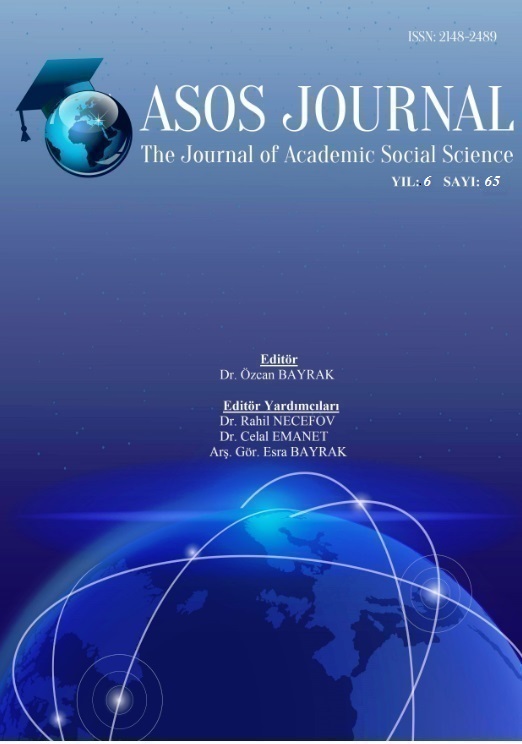Author :
Abstract
İstanbul, Türkiye’nin en önemli sanayi tesislerinin bulunduğu geniş bir alanın merkezinde yer almaktadır. Özellikle 1950’lerden itibaren şehir ve çevresi sanayi için önemli bir çekim merkezidir. Dünyada değişen ekonomi politikaları neticesinde 1970’lerden itibaren sanayinin şehrin merkezinden çeperlere doğru yönelmesiyle başlayan, ancak 1990’lı yıllardan sonra sanayisizleşme ile şehrin görünümünü tamamen değişmesine neden olan bir süreç yaşanmaktadır. Bu süreçte geniş alan kaplayan ve yüksek üretim kapasitesine sahip fabrikalar hızla kapanmaya başlamıştır. Çalışmada daha çok İstanbul’daki eski fabrikalara odaklanılmış, İstanbul’un sanayi fonksiyonun başka fonksiyonlara dönüştüğü yerlerde mekânsal görünümde ortaya çıkan değişiklikler ele alınmıştır. Çalışmadaki temel veri kaynaklarını saha çalışmaları, basılı ve görsel kaynaklar ile farklı zamanlara ait uydu görüntüleri oluşturmaktadır. İstanbul’un eski sanayi tesislerinin olduğu alanlarda hızlı bir fonksiyon değişikliği olduğu, bu değişimin coğrafi görünüme farklılık olarak yansıdığı görülmektedir. Çalışmanın temel öngörüleri, sanayisizleşmenin gelecekte de devam edeceği, eski gecekondu sahaları başta olmak üzere mekânsal değişikliklerin daha fazla ortaya çıkacağına yöneliktir.
Keywords
Abstract
Istanbul is located in the center of a large area where the most important industrial facilities of Turkey are present. Especially since the 1950s, the İstanbul and its surroundings are an important attraction for the industry. As a result of the changing economic policies in the world, there is a process starting from the 1970s, when the industry started from the center of the city towards the periphery, but after the 1990s the industrialization has completely changed the appearance of the city. During this interval, factories covering a large area and having high production capacity have started to close down rapidly. The focus of the study is mainly on the old factories in Istanbul, and the changes that occurred in the spatial appearance of the places in which Istanbul's industrial function had acquired other functions. The basic data sources in the study are field studies, printed and visual sources, and satellite images from different times. It is seen that Istanbul has a rapid functional change in the areas where the former industrial facilities are, and this change is reflected as the geographical difference in appearance. The hypothesis of the work is the spatial changes, especially the old slum areas, where the industrialization will continue in the future, will occur more and more.





